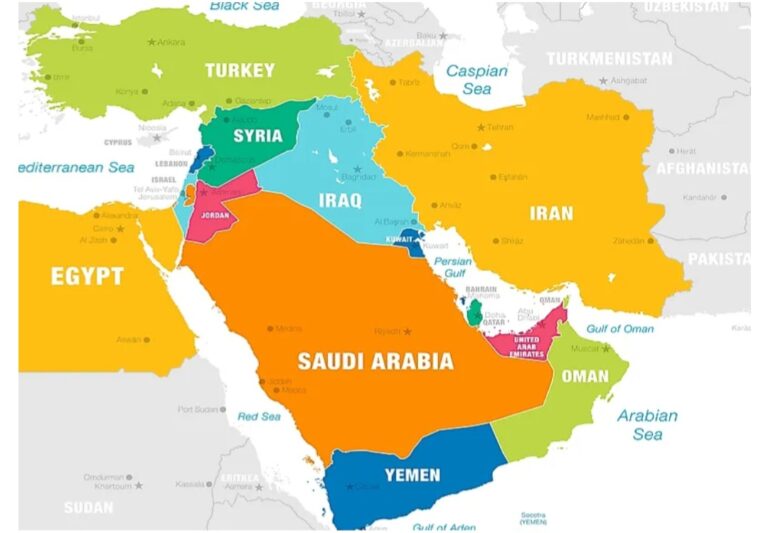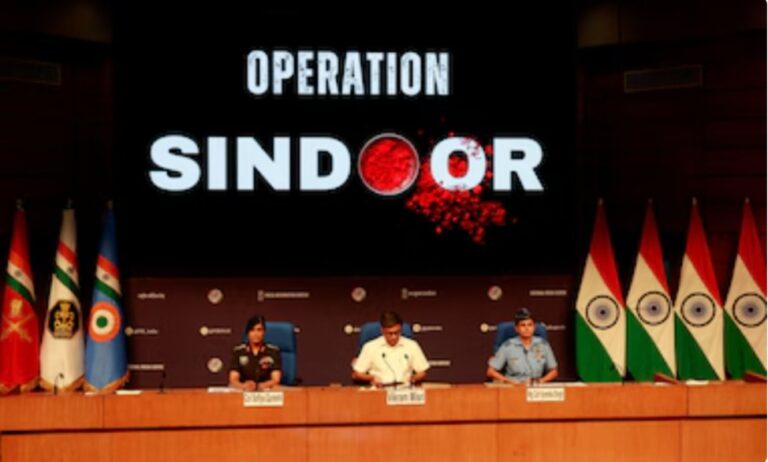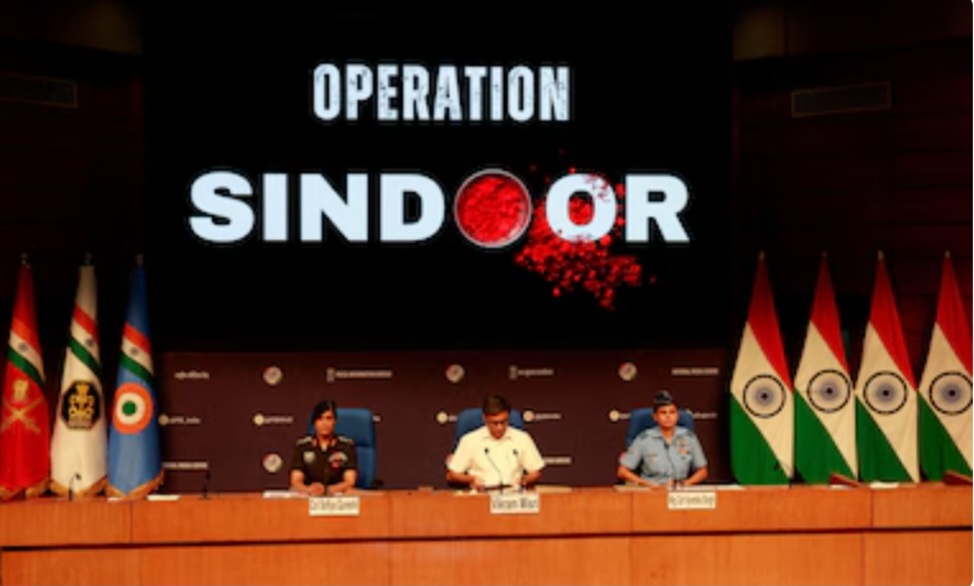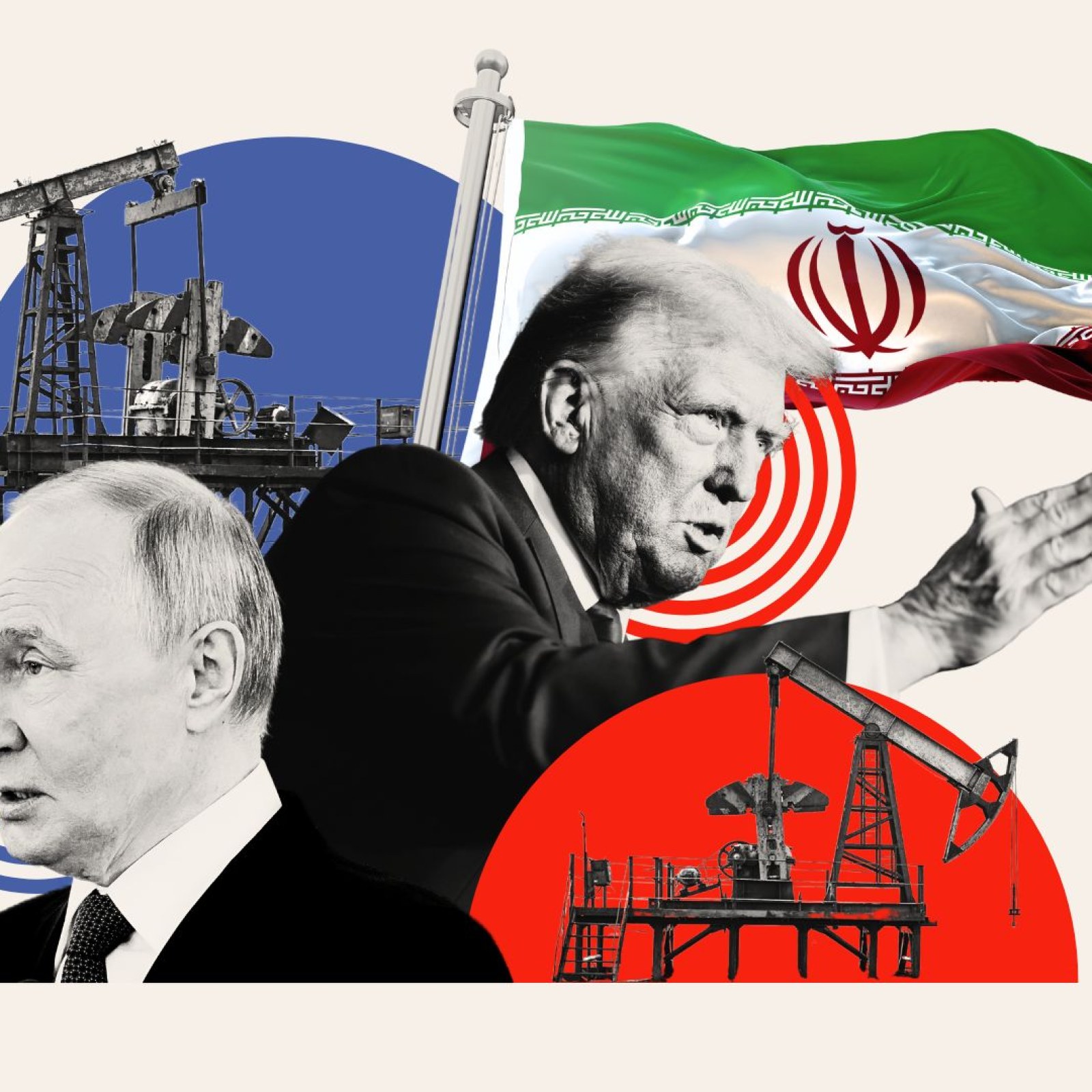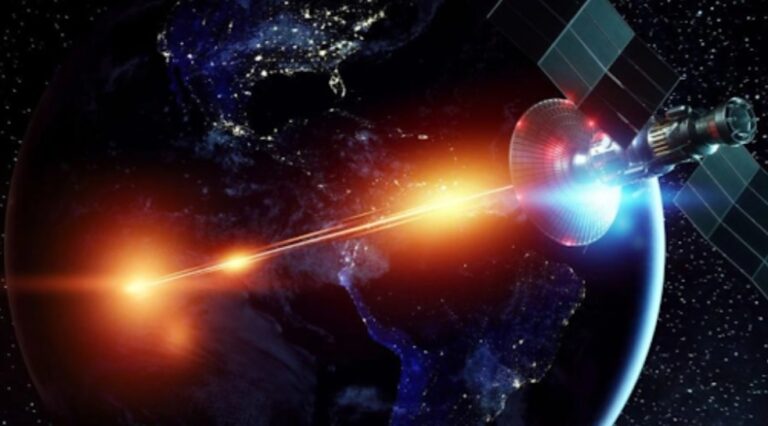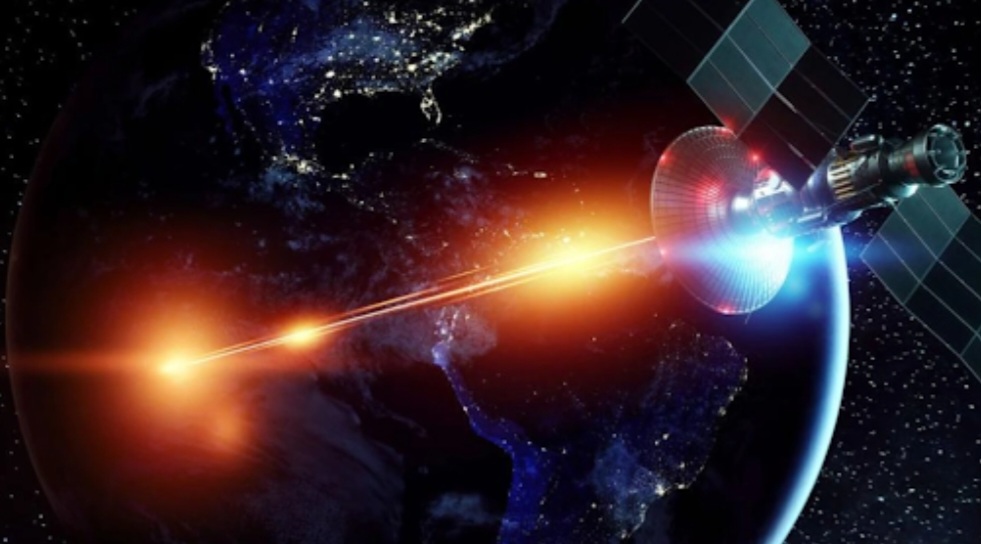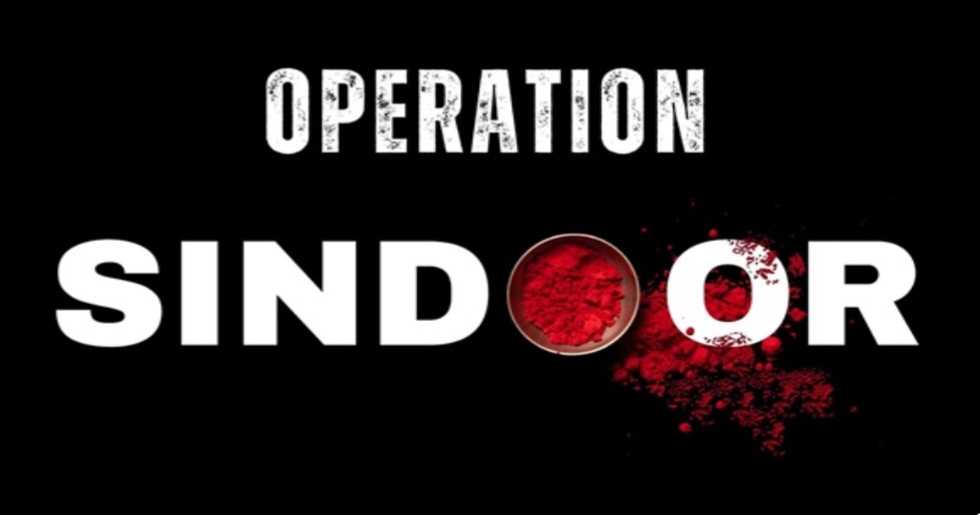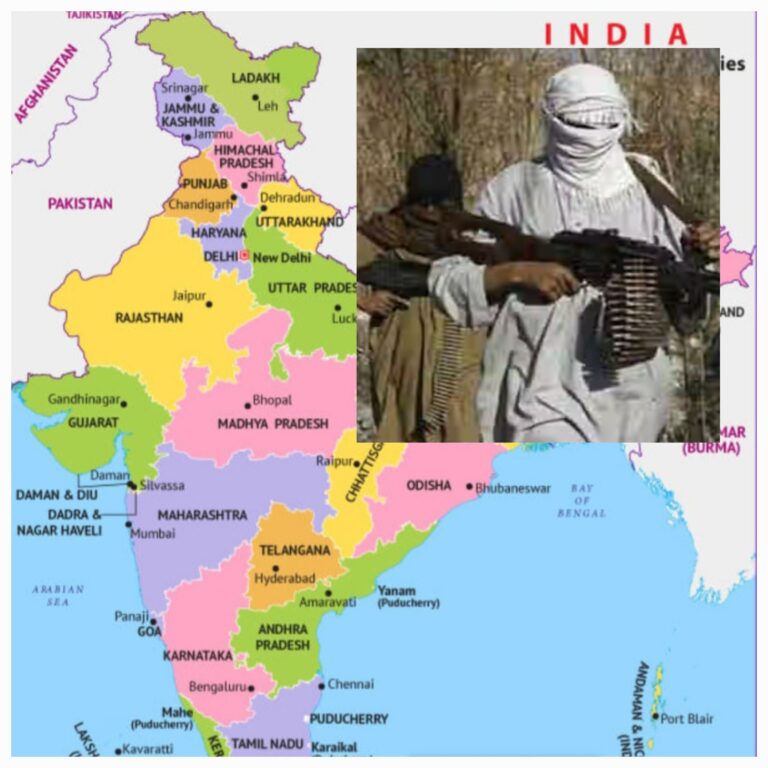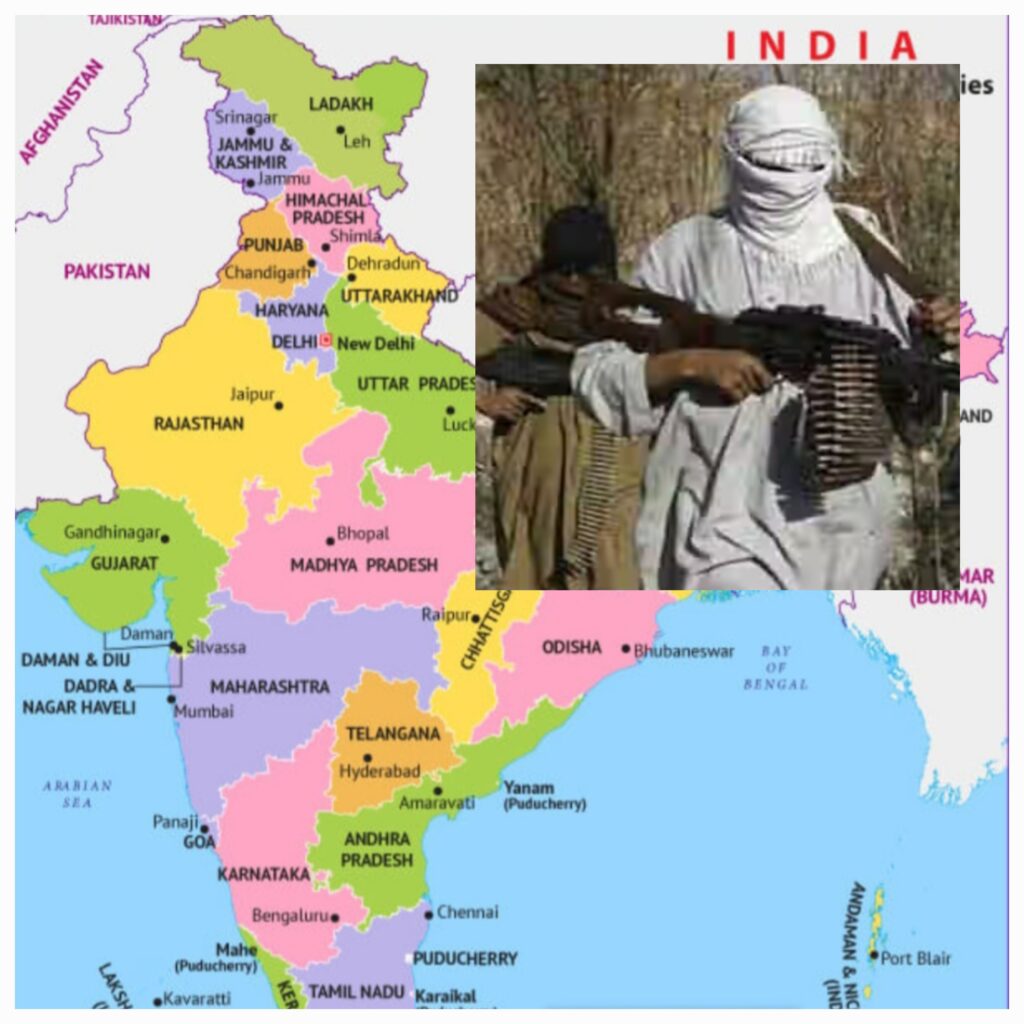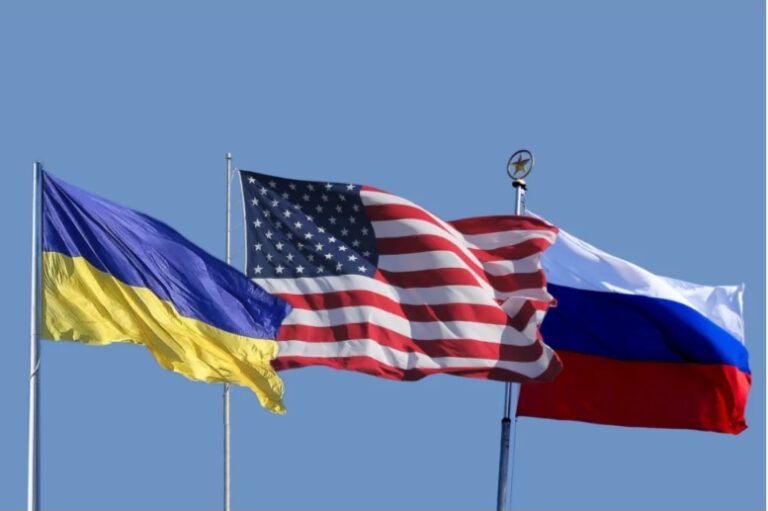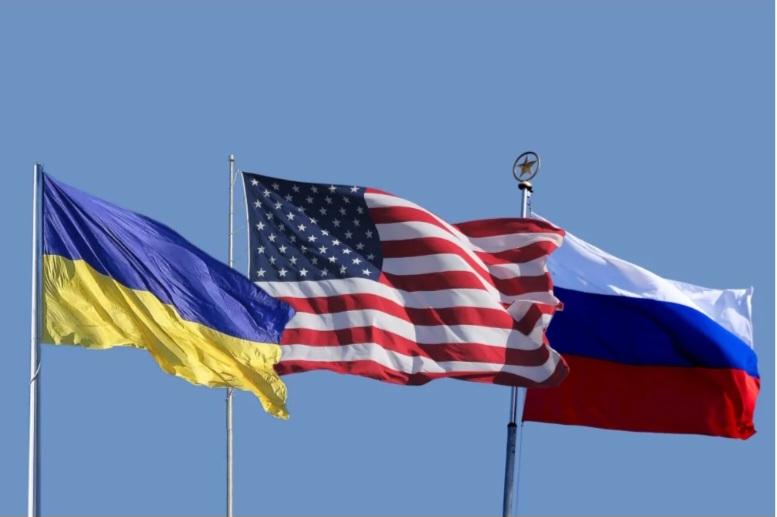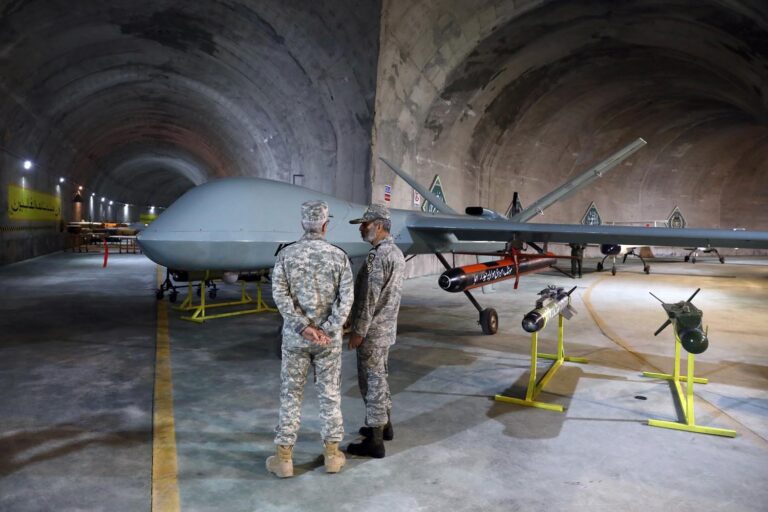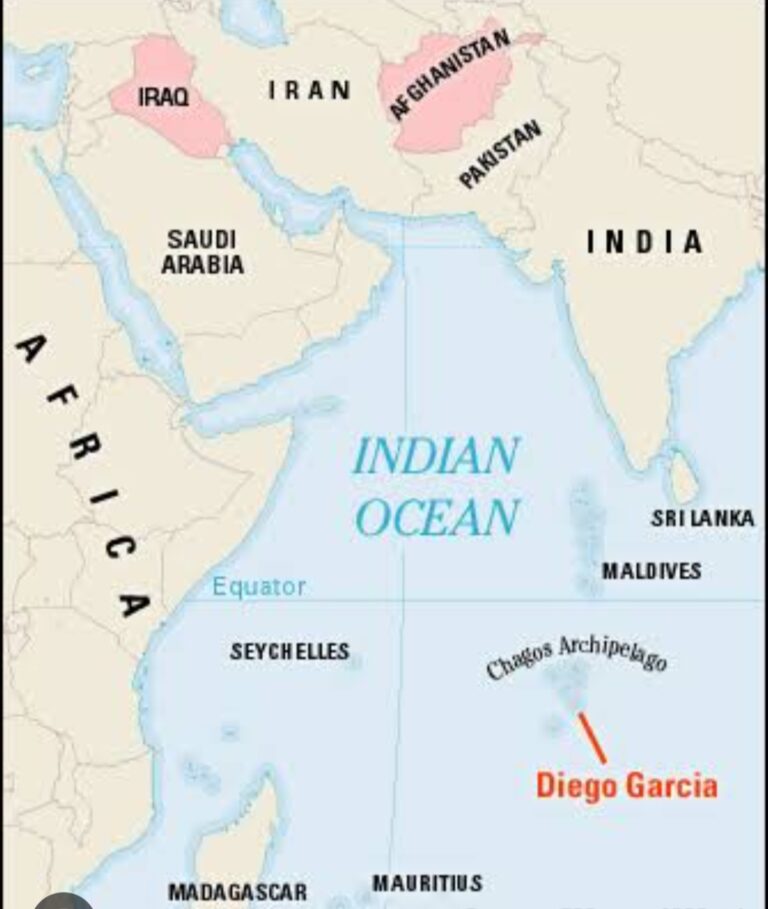By: Namya Sethi
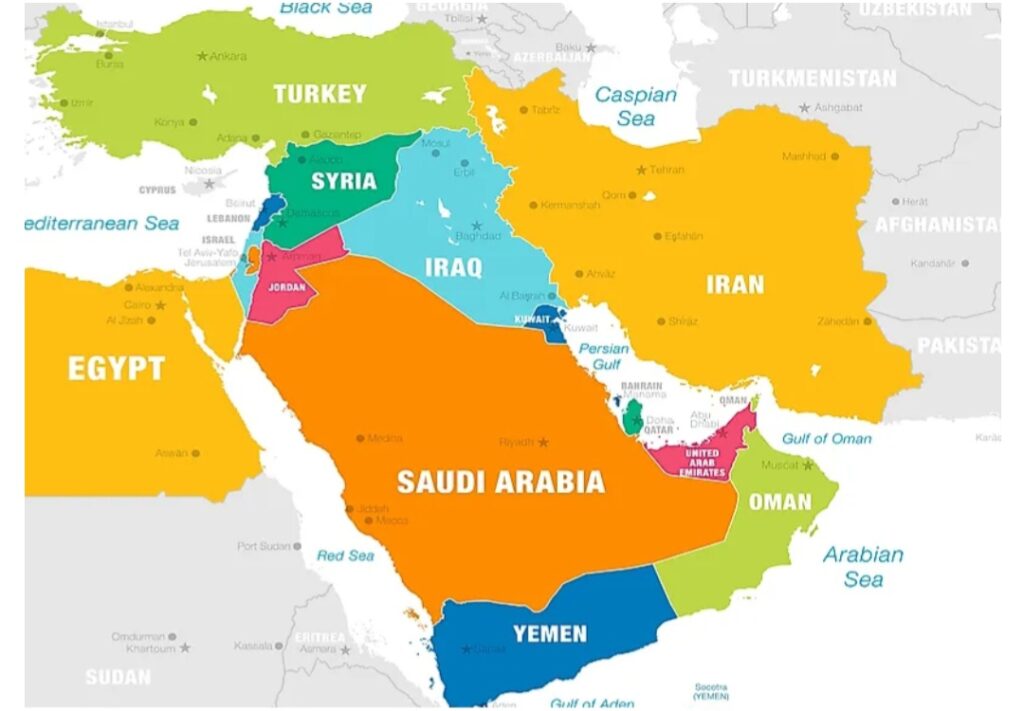
The Middle East is one of the most important places in the world for culture and history. It is the birthplace of three major world religions: Judaism, Christianity, and Islam. It is also where ancient civilizations like Mesopotamia and Egypt lived. Across the past thousand years, the area has had a big effect on art, science, philosophy, and ideas all across the world. But today, most people know it for war, instability, and pain. There is a lot of news about the war in Syria, the fighting in Iraq, the problems in Afghanistan, and the Israeli-Palestinian issue and the recent US strikes on Iran apart from the ongoing Israel-Hamas War and the Israel-Iran Conflict.
This makes it hard to understand how strong the people are in terms of art, literature, music, and culture. This focus on violence often ignores the daily lives, hopes, and successes of millions of people who continue to have a positive impact on world culture. To bring sustainable peace to the Middle East, we need more than simply political talks or short-term ceasefires. These steps are important, but they aren’t enough by themselves. For real peace, we need to fully commit to dealing with the core problems. Some of these are education, humanitarian aid, human rights, economic growth, respect for other cultures, and working together with other countries. To halt the bloodshed and sustain the peace, we need to build on these things.
Humanitarian Help in Palestine
The humanitarian crisis in Palestine, especially in Gaza, is one of the worst in the world right now. The area has been ruined by years of fighting, many military activities, and blockades. Gaza is one of the most populous locations on Earth, but its infrastructure is in bad shape, and there isn’t enough clean water or food. Bombings have made things considerably worse by damaging homes, schools, hospitals, and water systems. The kids have the most trouble.
The United Nations (UN) believes that bombings have caused 3,000 to 4,000 youngsters in Gaza to lose limbs. This is the most common place in the world for kids to have their limbs cut off. More than 70,000 children under five are at risk of death and stunted growth because of malnutrition. This is a question of respect and human rights. Rich countries and humanitarian groups need to give the world regular, equitable support. Medical supplies, prosthetics, mental health services, clean water, food aid, and shelter are all needed right away. Not doing anything makes trauma worse, makes people more frustrated, and makes peace less possible.
Because of the war, it has been challenging for students in Gaza to go to school. More than half of the people who live in the region are under 18, and a lot of kids and teens can’t go to school because the schools have been destroyed, damaged, or shuttered. Because of the constant fighting, it’s challenging for students to learn and acquire an education. Students have a tougher time doing well in school when there are too many people in the classroom, they are traumatized, and there aren’t enough resources. Education is highly vital for peace and safety. It gives young people the knowledge, skills, and ability to think critically that they need to make the world a better place. It offers people hope beyond merely getting by and gives the next generation the power to picture and create a better future.
The most important things to do are to rebuild schools, give teachers supplies, instruct them, and make sure everyone is secure. Cycles of violence and poverty will persist without education. Education also helps sustain the peace by teaching people about their rights, how to be involved in democracy, and how to not be a zealot. Girls, refugees, and other groups who are often left out can obtain the same treatment and be part of society through inclusive schools. Also, education encourages dialogue and understanding between different groups of people, which helps break down prejudices and build empathy. Education may change places of conflict into places of hope and strength. It can also help develop leaders who care about justice and getting along with others.
Protecting Creative Voices
The kidnapping of Palestinian director Hamdan Ballal on March 24, 2025 highlights how perilous it is for famous artists to reside in war zones. Ballal was an artist and a cultural ambassador whose work challenged victim tropes and celebrated Palestinian dignity. His kidnapping and reported abuse drew attention to efforts to stop people from expressing themselves culturally all over the world.
Artists play a big role in making peace. They help people understand each other better, make conflicts more human, and fight against oppression. Making them quiet makes the space between them wider. We need cultural freedom and safety from violence to keep the dialog going and people understanding each other.
Governments and international organizations should protect cultural rights and support festivals, exhibitions, and projects that bring people from diverse cultures together. This goes against stereotypes and promotes acceptance. To promote peace, the arts must be free and cultural heritage must be maintained. The region’s enormous diversity may bring people together if innovative voices are protected.
Syria’s Long-Term Growth
The long civil war in Syria has decimated its civilization and infrastructure. Homs and Aleppo are two cities that are in ruins. Many of them are still refugees or people who have been forced to leave their homes and can’t go to school, obtain medical care, or find work.
Most of the time, humanitarian aid has been focused on short-term help, which is vital but not adequate. Syria needs long-term, sustainable growth, which means fixing up homes, infrastructure, and healthcare, as well as creating jobs. Everyone should benefit from economic growth, especially those who are most at risk.
Donors, Non-Governmental Organizations (NGOs), and international financial institutions should work together to make communities stronger. They need employment training, business initiatives, and social services to keep young people from going back to violence or being forced to leave their homes. Good administration and political inclusion are crucial to bring back trust and sustain the peace. If systemic problems aren’t fixed, peace can’t last.
Justice and Accountability in Iraq
Iraq still has big difficulties with human rights, like killing people without trial, making people disappear, and violently breaking up protests. These actions violate international law and may constitute crimes against humanity. Putting down protests’ harms democracy and people’s faith in the government.
The UN Human Rights Council needs to investigate into violations and punish the people who did them. Laws need to alter to protect the media, activists, and civil society. Without justice, complaints get worse, which makes everything less stable. Two factors that make peace possible are following the law and respecting human rights.
Transitional justice measures like truth commissions and reparations can help individuals heal.
Promoting autonomous media and civic society helps individuals be honest and talk to one another. For Iraqis to enjoy peace, they need to believe in their government again.
Economic Cooperation as a Path to Peace
Countries that trade, invest, and share infrastructure grow increasingly dependent on each other, which makes it less likely that they will fight. The United Arab Emirates (UAE), Saudi Arabia, and Qatar’s developing economic ties have helped ease tensions and get people talking.
Trade deals, infrastructure projects, and other things that bring economies closer together are all ways to do this.
Everyone benefits from having the same rules. Putting money into energy, transportation, and technology produces jobs and links economies to stability. People are less likely to support extremism and more likely to embrace peace when they see real changes in their lives, such more jobs, better services, and a higher standard of living.
Economic cooperation must promote fair growth, reducing inequality that leads to conflict. Policies that include everyone, help small businesses, and get people ready for jobs make sure that people on the edges get the advantages. A Middle East that is rich and well-connected will be less likely to be violent.
People from all over the world come to the Middle East to see its world heritage sites, such as Egypt’s pyramids, Iran’s mosques, Jordan’s Petra, and extremely old cities. But violence has damaged tourism, costing the area billions of dollars and millions of jobs. Bringing in foreign money, creating jobs, and making public safety and infrastructure better are all ways that tourism can assist bring about peace and progress. Tourism does more than only benefit the economy; it also helps people from different cultures get to know each other better by exhibiting them the area’s rich, nuanced history and lively cultures that go beyond the stories of conflict.
To get more people to visit, governments should spend money on protecting cultural sites, making travel safer, and making it easier to get to locations. To protect cultural sites from being destroyed or stolen and to promote cultural exchange programs that build respect for each other’s cultures, countries need to work together. Tourism is a kind of “soft diplomacy” that helps people get along, changes their minds, and promotes peaceful communication. Supporting sustainable tourism also gives residents in the area a reason to maintain their cultural heritage and work toward social harmony.
Going to school in another country and studying abroad
Young people in the Middle East want to make the world a better place, but they can’t always study abroad because of things like visa restrictions, lack of money, and wars between countries. This makes it tougher for people to talk about their ideas, abilities, and points of view.
Young people can benefit from more scholarships, exchange programs, and links across colleges.
movement. When students return home, they bring back knowledge, problem-solving abilities, and connections that help the economy and society flourish. People from different cultures can learn about and accept each other through educational exchanges. Investing in international academic cooperation is a way to help future leaders and peacemakers in the region.
Changing How People See the Middle East
Most people throughout the world see the Middle East as a place of conflict, which hides its valuable contributions and the worth of its people. This place has been a center for medicine, arithmetic, astronomy, poetry, and philosophy. It has produced significant artists, scholars, and innovators who have profoundly influenced human culture.
Schools, the media, and people all throughout the world need to tell good, complicated stories. Cultural exchanges, film festivals, art shows, and academic conferences all highlight how strong, creative, and different people can be. People can understand each other better and Islamophobia goes down when they break down their own ideas.
Changing how people throughout the world see things helps them work together and stand up for each other. This is crucial for peace and respecting the rights and hopes of people in the Middle East.
Sustainable peace relies on regional ownership and leadership. Foreign interventions, sometimes driven by divergent interests, have intensified crises rather than alleviating them. Middle Eastern countries should be in charge of fair and open mediation efforts that include everyone.
Women, youth, and individuals from marginalized communities ought to participate in peace negotiations. Iran, Turkey, Israel, and Arab countries need to work together to fix problems that hurt their safety, economy, and society. Inclusive dialogue based on mutual regard helps reduce violence and distrust.
Setting up regional institutions to help people talk to each other, hash out their differences, and work together is really significant. When the region is in charge of peace, solutions last longer and more people agree with them.
What Global Institutions Do?
The United Nations and UNESCO are two groups from around the world that work to safeguard peace in the Middle East. But they need to do more than just talk bad about things or make promises. They need to work with local communities, artists, teachers, peace activists, and grassroots groups for a long time and in person. People should learn, cultures should stay alive, and issues should be solved on special missions. These groups have particular tools, information, and worldwide platforms that help them accomplish their duties well. They need to be consistent, kind, and focused on getting things done at work. They shouldn’t become engaged in politics and instead make sure that people who need help get it.
Global groups also watch for violations of human rights, fight for justice, and make sure that people are held accountable. They might help people trust one other and start conversations that are crucial for peace by being there without bias.
Conclusion
To have peace in the Middle East, we need to look at the whole picture, which involves helping people, education, culture, justice, economic growth, and working together at all levels. Short-term ceasefires or diplomatic talks won’t stop the violence unless they get to the heart of the problem and build strong foundations for living together and appreciating each other. To safeguard human dignity, it is highly crucial to uphold human rights, cultural freedom, and the right to an education for all. Working for peace and stability is a good idea since it will help the economy flourish and create jobs that will last.
To make sure that all communities’ needs are satisfied with solutions that are fair, open, and long-lasting, we need to promote regional leadership, international cooperation, and accountability. People all across the world will be more sympathetic and helpful if they talk about the region’s diversity, innovation, and strength instead of its problems. The road to peace is long and arduous, but the Middle East’s rich history, strong people, and great hopes give us a lot of optimism. If individuals from all over the world, including locals, regionals, and global players, work together, stay committed, and show real respect, the Middle East can finally become a peaceful, fair, and successful place.

